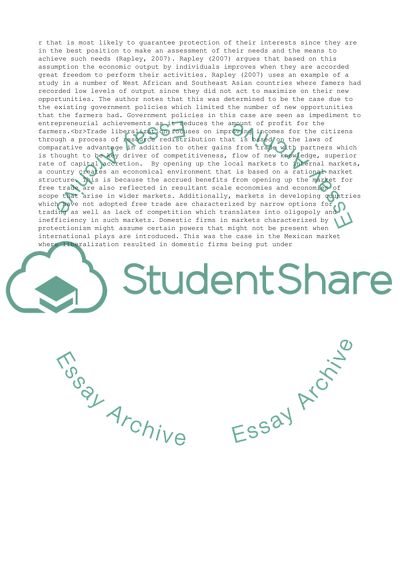Cite this document
(Critically assess the claim that a free trade regime is best for Essay, n.d.)
Critically assess the claim that a free trade regime is best for Essay. https://studentshare.org/business/1830261-critically-assess-the-claim-that-a-free-trade-regime-is-best-for-developing-countries
Critically assess the claim that a free trade regime is best for Essay. https://studentshare.org/business/1830261-critically-assess-the-claim-that-a-free-trade-regime-is-best-for-developing-countries
(Critically Assess the Claim That a Free Trade Regime Is Best for Essay)
Critically Assess the Claim That a Free Trade Regime Is Best for Essay. https://studentshare.org/business/1830261-critically-assess-the-claim-that-a-free-trade-regime-is-best-for-developing-countries.
Critically Assess the Claim That a Free Trade Regime Is Best for Essay. https://studentshare.org/business/1830261-critically-assess-the-claim-that-a-free-trade-regime-is-best-for-developing-countries.
“Critically Assess the Claim That a Free Trade Regime Is Best for Essay”. https://studentshare.org/business/1830261-critically-assess-the-claim-that-a-free-trade-regime-is-best-for-developing-countries.


